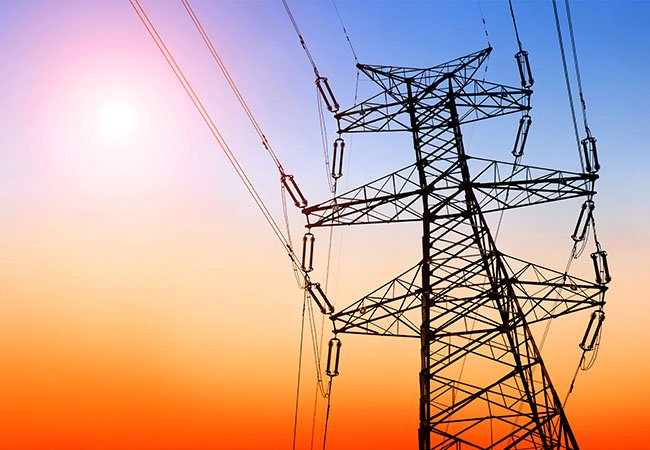Ghana’s industrial sector recorded notable growth in the second quarter (Q2) of 2024, posting an 8.2% year-on-year (YoY) increase, according to the Ghana Statistical Service’s (GSS) latest Index of Industrial Production (IIP).
However, persistent challenges in the energy sector cast a shadow over the strong performance, raising concerns about the long-term sustainability of industrial growth.
The surge in industrial output was primarily driven by significant expansions in the mining, quarrying, and manufacturing sub-sectors. Mining and quarrying grew by 8.2%, contributing over half (53.26%) of the total industrial output.
Manufacturing also recorded an 8.3% growth, demonstrating resilience despite sectoral challenges. Nevertheless, a decline in energy production, particularly in the electricity and gas sub-sector, threatens to undermine the sector’s continued momentum.
The mining and quarrying sub-sector has been a key driver of industrial growth, accounting for the largest share of output. Year-on-year, the sub-sector grew by 8.2%, with notable contributions from the mining of metal ores, which surged by 12.1%, and other mining and quarrying activities, which saw a 24.8% rise in production.
Global demand for minerals like gold and manganese is expected to remain strong, offering a positive outlook for further growth in the sector.
While the crude petroleum and natural gas segment recorded modest growth of 4.7% year-on-year, it experienced a 4.4% quarter-on-quarter decline, reflecting volatility in global energy markets.
The manufacturing sector also posted strong results, growing by 8.3% year-on-year. The basic metals sub-sector saw a remarkable 18.5% increase in production, while the manufacture of transport equipment grew by 20.9% over the same period.
However, performance across manufacturing was mixed, with food production experiencing a significant 12.3% quarterly decline. This drop was attributed to ongoing supply chain disruptions and high input costs.
Despite the positive growth in mining and manufacturing, the energy sector continued to struggle. The electricity and gas sub-sector declined by 1.4% year-on-year and recorded a 4.3% quarter-on-quarter drop. Ongoing issues in electricity and gas supply have sparked concerns about the sector’s ability to support sustained industrial activity.
Energy remains a critical input for industrial production, and the continued decline in output from the sector poses a threat to growth prospects in the second half of the year.
The water supply, sewage, and waste management sub-sector saw modest growth of 1.2% year-on-year, with quarterly output increasing by 2.8%. However, waste collection and disposal services recorded a 4.8% decline over the quarter, signalling inefficiencies in waste management services.
Ghana’s industrial sector showed promising signs of recovery in Q2 2024, but the underlying weakness in the energy sector raises critical concerns. As industrial growth is largely driven by mining and manufacturing, sustained energy shortages could dampen these gains and limit the sector’s full potential.

